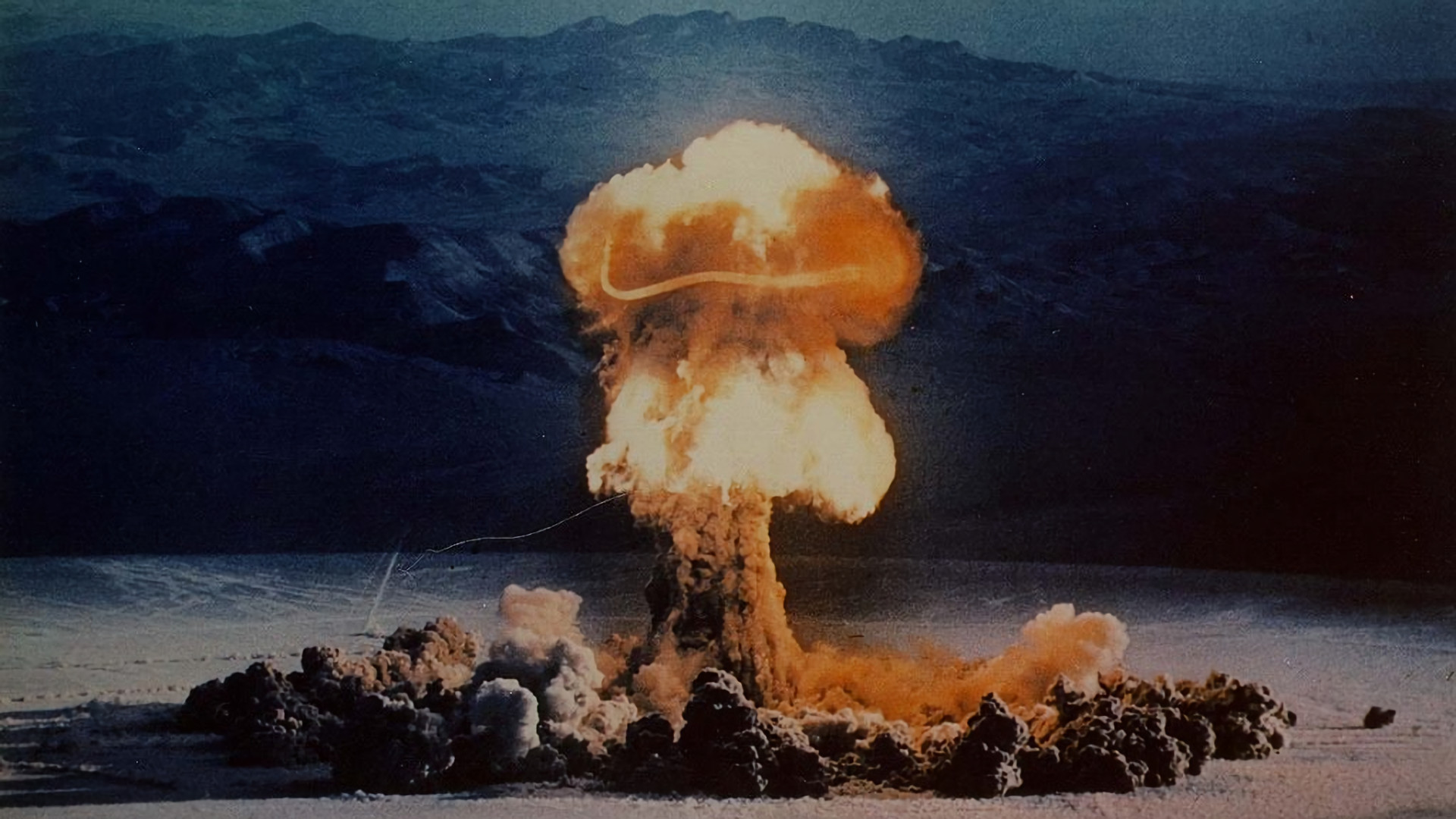
The strategic context for countering the proliferation of what are unhelpfully called weapons of mass destruction (WMD), has changed dramatically without many observers quite noticing.[1] As with so much of the international noise with which the world deals today, the changes predated the Trump administration but have been exacerbated by it.
By Gregory F. Treverton
NOTE: The views expressed here are those of the author and do not necessarily represent or reflect the views of SMA, Inc.
The first set of changes in technical. In the nuclear realm, suffice to say that weapons are not getting harder to make. Nor are they getting harder to make surreptitiously. Long ago, before the first Gulf war, America and its intelligence missed Iraq’s nuclear weapons program because Iraq took a pathway that the United States had long before rejected as inefficient. More recently, intelligence for a long time missed the North Korean uranium enrichment program, even as it was monitoring the country’s plutonium program. Now, it doesn’t take huge factories to enrich fissile materials; smaller anonymous facilities will do, from which the only emanation of what is afoot might be increased power consumption—if we could monitor it. And other groups seeking nuclear weapons might emulate us, not overtly testing weapons but using novel simulation techniques to ensure that their weapons were “good enough.”
Of particular concern now are the “latent” proliferators. Almost any industrial nation could fairly quickly produce nuclear weapons—if it deemed it necessary to do so. That is all the more true given the enormous amounts of weapons-grade material that has been produced by breeder fuel cycles for nuclear power, especially in Asia. And new countries could join the “latents”: Iran will almost certainly move in that direction given the Trump decision to abandon the agreement constraining and inspecting its nuclear program, and Saudi Arabia could easily follow suit, worried about countering Iran and with money aplenty to buy technology, from Pakistan for instance.
In all this, it is worth remembering that “WMD” is an unfortunate catch-all. Chemical and biological weapons are very different from each other, and very different from nuclear. World War I proved that chemical weapons, however horrible, are not very useful in combat, but that didn’t prevent Syria from using them to terrorize its own people.
Biological weapons are an entirely different matter. Identifying when weapons are being produced is bedevilled, even more than is the case for chemical weapons, by the fact that the facilities for producing nefarious weapons are virtually indistinguishable from those producing life-saving products. Recent news from China about gene editing using the CRISPR technology underscores the risk of future “designer” biological weapons, ones that might target a single ethnic group—or even a single individual. One colleague of mine imagines than in a generation the largest defense contractor will be a biotech company, as kinetic warfare has passed from the scene.
The second change is incentives. To be sure, one nuclear weapons state, Russia, is a real worry as it seeks to turn its weapons into coercive power through the “escalate to de-escalate” doctrine, threatening to use nuclear weapons in the event of a conventional war with NATO. In fact, that doctrine is really “escalate to win,” in the hopes that a nuclear use would cause NATO to fold its tents. Yet the real drivers of proliferation are the latents, those countries that might be concerned enough about Iran or North Korea to contemplate nuclear weapons of their own. They are Japan and South Korea, and perhaps Saudi Arabia and Turkey.
The final change in the strategic context seems the end of the negotiated agreements that characterized the Cold War bipolarity. From the beginning, the nuclear Non-Proliferation Treaty embedded one untenable and one fragile assumption. The untenable was the implicit bargain that if the non-nuclear states agreed to remain that way, the nuclear states would move toward denuclearization. To be sure, the United States and Russia have decreased their nuclear inventories dramatically, but the world will not see—and the nuclear powers never could afford—a world free of nuclear weapons, whatever that might mean.
The fragile assumption was that those nations that agreed to stay non-nuclear, especially U.S. allies, would remain protected by extended deterrence from America. That assumption is, to understate, less tenable in a period when the Trump administration not only foregoes the ritual affirmations of NATO but explicitly turns a long-term issue, the free riding of NATO members, into a threat to leave the alliance.
Abandoning the signal achievement of NATO solidarity, the Intermediate Nuclear Forces (INF) treaty, is perhaps understandable given the evidence of apparent Russian violations. So, too, there are flaws in “new START”—the strategic nuclear arms treaty due for expiration if not extended at the beginning of 2021. But almost all treaties are flawed, almost by definition—after all, one side’s condition is the other side’s flaw. Still, the end of Cold War-spawned negotiated arms control seems at an end.
What might come next? To its credit, the Trump administration professes interest in new forms of arms control. On that score, however, the cupboard seems pretty bare. It turns out there are no international standards (ISO) for biotech laboratories, so pressing for those would be a very modest first step. Absent treaties, perhaps the denuclearization of Libya is a kind of model, reflecting some combination of Libya’s willingness in 2003, under Muammar Gaddafi, to give up its nuclear and chemical weapons without the threat of regime change but under the pressure of sanctions. And it does seem unlikely that either Iran or North Korea will give up their nuclear programs short of a change in regime.
[1] This piece has benefited from my participation in an advisory board at the Sandia National Laboratory. The conclusions, however, are mine alone, not those of the Laboratory or my fellow advisory board members.